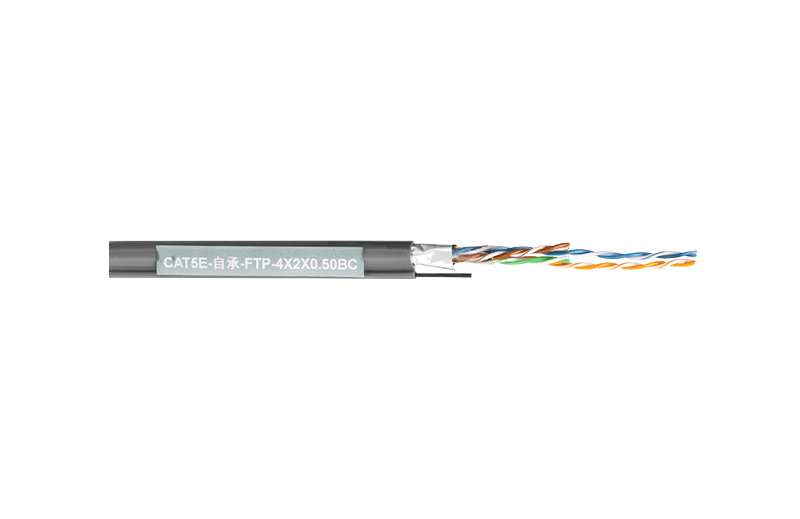Summary:A Cat7 (Category 7) Unshielded Twisted Pair (UTP) patch cord cable typically consists of several components, each serving a specific purpose in transm
A Cat7 (Category 7) Unshielded Twisted Pair (UTP) patch cord cable typically consists of several components, each serving a specific purpose in transmitting data signals. The following are common components found in
Cat7 UTP cables:

Conductors: The core of the cable is made up of twisted pairs of copper wires. Cat7 cables usually have four twisted pairs of copper conductors. The twisting of pairs helps reduce electromagnetic interference (EMI) and crosstalk.
Insulation: Each copper conductor is insulated with a material that helps prevent crosstalk between the twisted pairs. Common insulation materials include polyethylene or FEP (Fluorinated Ethylene Propylene).
Overall Shield (Optional): While UTP cables are generally unshielded, some Cat7 cables may have an overall shield for additional protection against electromagnetic interference. The shield is often made of aluminum or foil.
Outer Jacket: The entire cable is covered by an outer jacket, which provides protection and durability. The jacket is usually made of PVC (Polyvinyl Chloride) or LSZH (Low Smoke Zero Halogen) materials. LSZH jackets are preferred in environments where low smoke and toxic gas emissions are critical, such as in confined spaces.
Connectors: The connectors at the ends of the patch cord are typically made of plastic or metal and have gold-plated contacts to ensure good conductivity and reduce corrosion.
